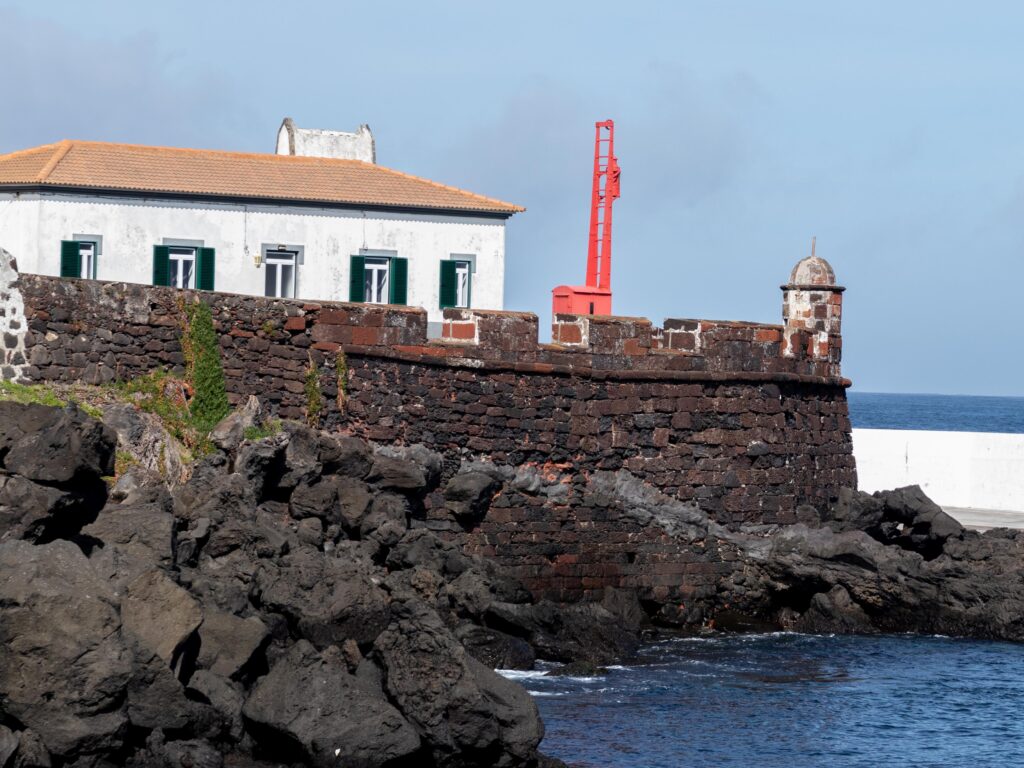Culture
The island boasts a highly relevant architectural heritage, with a focus on churches, chapels, rural houses, and the peculiar “water architecture” associated with a century-old network of reservoirs and drinking water supply systems, a result of the water scarcity that has always plagued the locals.
Stop wondering ...
The settlement of the island is believed to have occurred around 1470, originating from two distinct nuclei, one led by Vasco Gil Sodré, in the area of Santa Cruz, and another led by Duarte Barreto, in the area of Praia. Today, in Santa Cruz da Graciosa, we can find some examples of Manueline architecture, such as the baptistery of the Main Church and the apse of the Chapel of Senhora da Ajuda.
It is also worth visiting the Ethnographic Museum, which gathers pieces related to the wine culture and whaling activity traditions on the island.
In the village of Praia, the highlight is the Church of São Mateus, which houses a pipe organ from 1793, one of the most beautiful in the Azores, and in Guadalupe, the Church of the same name, dating back to the 17th century.

Start living!
Also characteristic of the landscape of this island are the windmills with red domes, inspired by Flemish design, which bear witness to the abundant cereal production of bygone times. Graciosa exported wheat, barley, wine, and brandy, conducting all trade with neighboring Terceira.
In the 16th century and until the 17th century, it faced a difficult period, caused by pirate and corsair attacks, which led to the construction of fortifications for its defense. The construction of the port of Praia and the airport broke the isolation, without losing the characteristics of the rural and peaceful island. Agriculture, livestock farming, and dairy production continue to support its economy.